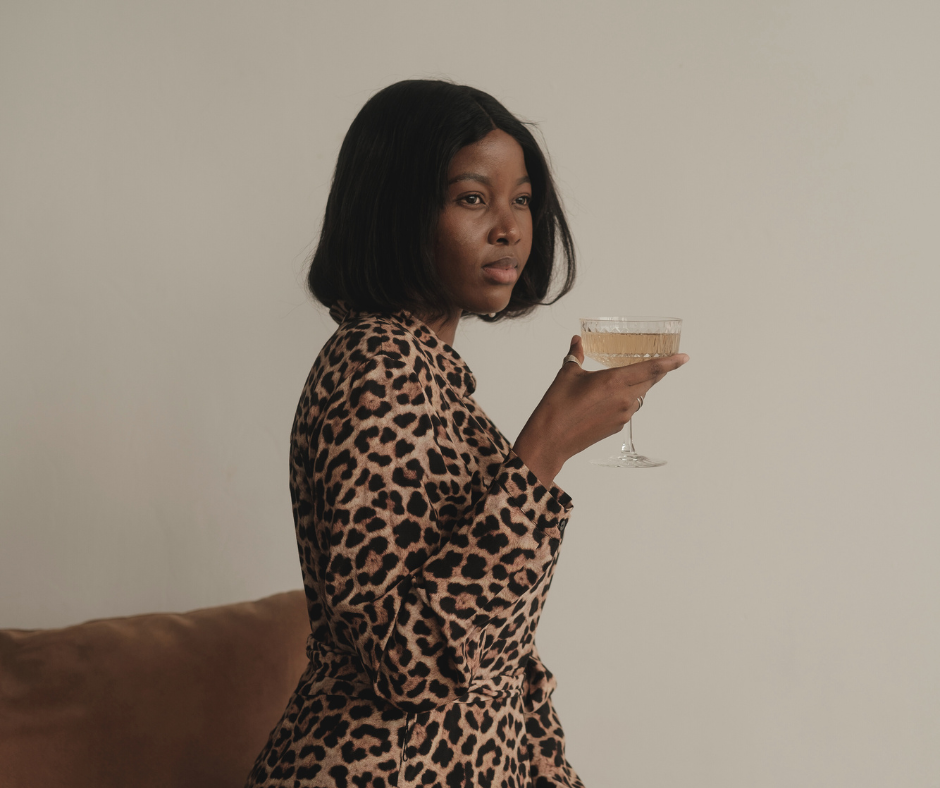

What to Wear No Matter Where: Dress Codes Explained
Summary
Reflection Questions
Journal Prompt
Women’s dress codes can be difficult to decipher. They’re constantly changing, after all. But understanding and interpreting each category of dress is key to arriving at any event with confidence and comfort. By familiarizing yourself with the specifics—from ‘black tie’ to ‘smart casual’—and using context clues like the event’s location and time, you can anticipate the level of formality expected. When in doubt, a versatile piece like a well-tailored dress can be adapted with accessories to suit various occasions. Always consider practical elements such as venue terrain and weather to ensure comfort alongside style. Maintain a few go-to outfits in your wardrobe for different dress codes to eliminate last-minute uncertainty. For more tips and our full guide to women’s dress codes, read on!
Answering Your FAQs About Women’s Dress Codes
How Do Dress Codes Vary Internationally and Regionally?
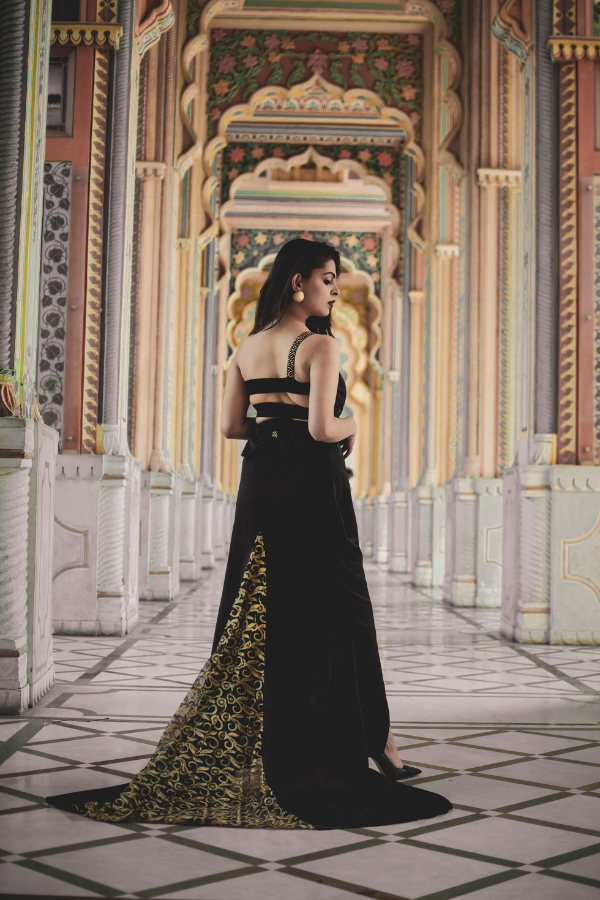

Dress codes can vary significantly across different cultures and regions, reflecting local customs, climate conditions, religious practices, and social norms. Understanding these variances is essential, especially when traveling or conducting business internationally, to ensure respect and compliance with local customs.
For example, in Japan, business attire is typically very conservative. Men often wear dark-colored suits, white shirts, and subdued ties, while women wear equally conservative business suits or dresses, often in dark or muted colors. The emphasis is on uniformity and formality, reflecting the broader cultural values of conformity and respect. On the other hand, in the Middle East, dress codes can be influenced heavily by Islamic traditions. In many countries, it is customary for women to wear clothing that covers most of the body. Abayas and hijabs are common in places like Saudi Arabia and the UAE. Men might wear traditional thobes or dishdashas, especially in more formal or religious contexts.
When traveling, it is crucial to research and understand the local dress codes of your destination. This respect for local norms not only shows cultural sensitivity but can also affect your interactions and how you are perceived by locals. Do your research, ask locals what to wear, observe, adapt, and plan accordingly.
How Should I Navigate Wedding-Specific Dress Codes?
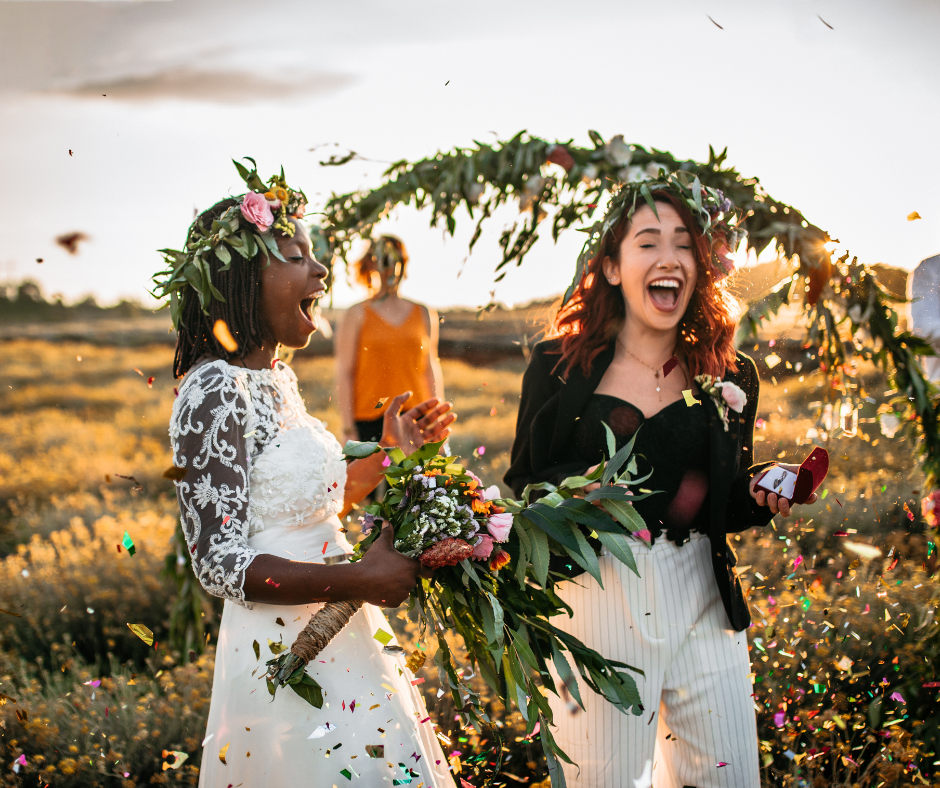

Navigating wedding-specific dress codes such as “beach formal” and “rustic chic” requires an understanding of both the thematic elements and the practical considerations of the venue. For “beach formal,” attire should strike a balance between elegance and comfort suitable for an outdoor, sandy setting. Women might opt for a flowy, lightweight maxi dress that allows for ease of movement and is made from a fabric that can handle a bit of breeze, like chiffon or silk. Footwear should be appropriate for walking on sand; thus, women might choose flat sandals, and men could opt for loafers or deck shoes without socks. Accessories should be minimal to keep the focus on the natural setting and the formality of the occasion.
On the other hand, “rustic chic” invites a blend of country charm with a touch of sophistication, often held in barns, vineyards, or rural outdoor settings. Women can embrace this theme by selecting dresses with a bohemian flair, incorporating lace or floral patterns, in styles that are elegant yet comfortable. Fabrics like lace or soft cotton can add a touch of rustic romance. Footwear should be practical for potentially uneven terrain, so sturdy shoes for men and wedges or block heels for women are advisable. Accessories like a wide-brimmed hat or a leather wristwatch can complement the rustic theme while maintaining a chic overall appearance.
What Should I Do if the Invitation’s Dress Code is Vague?
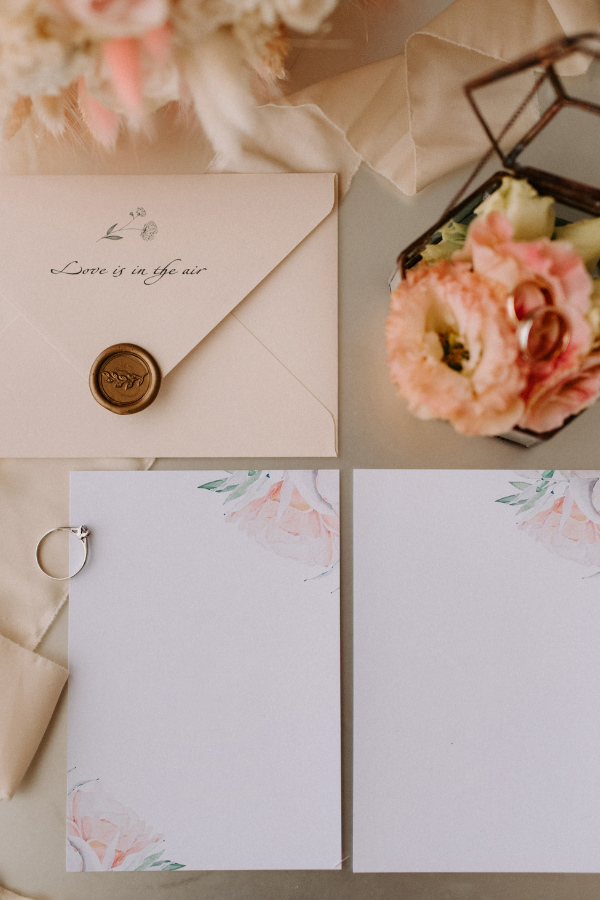

When faced with a vague dress code on an invitation, the first step is to seek clarification. You can directly ask the host for more details about the expected attire. This is often the most straightforward approach and can prevent any discomfort about being underdressed or overdressed. If directly asking seems awkward, try to gather clues from the venue, time of day, and nature of the event. For example, an evening event at a high-end hotel might suggest a more formal attire compared to a midday gathering at a local restaurant.
If you still don’t understand the invitation’s meaning, opting for a versatile outfit that can be dressed up or down is a smart move. For women, a classic cocktail dress can typically bridge the gap between semi-formal and formal, while men might choose a dark suit that can be made less formal with the removal of a tie or the addition of a stylish but casual shirt.
Accessories also play a key role in adjusting your outfit’s formality. Women can bring along a set of bold jewelry or a more understated option to adapt based on what others are wearing. This approach allows you to adjust your attire according to the observed standard upon arrival.
Here’s What to Wear No Matter What the Invitation Says
Full Evening Dress or White Tie Dress Code
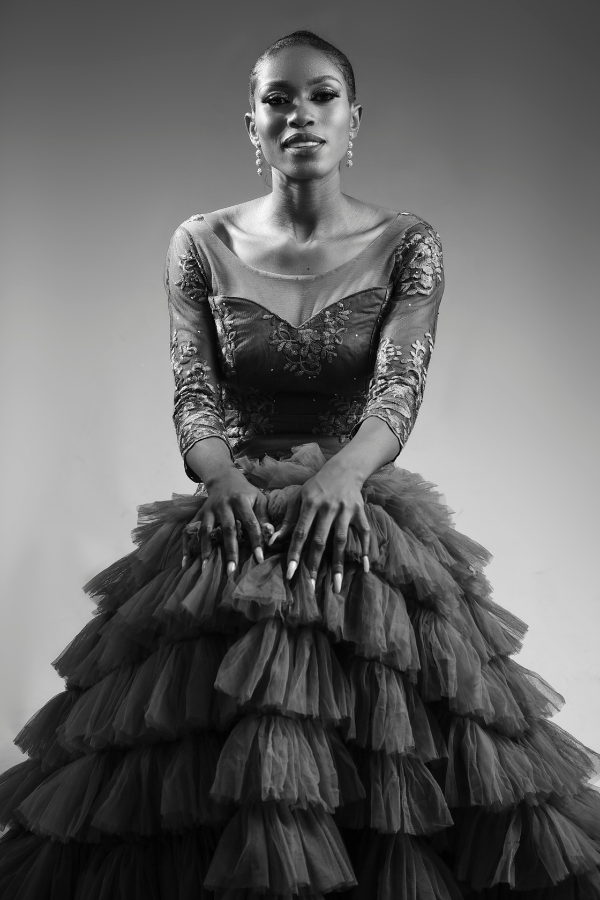

- Occasions: Formal and ceremonial happenings like state dinners, formal balls, high-level gala events, certain weddings, major award ceremonies, and the opera (in some cities).
- Attire: Full-length ball gowns are required. The gown should ideally touch the ground and be of an elegant fabric, such as silk, satin, or chiffon. Although there is no specific requirement for color of your floor length gown, darker or more subdued colors are typically chosen for their elegance and formality. The style should be conservative with modest necklines and less exposure.
Formal or Black Tie Dress Code
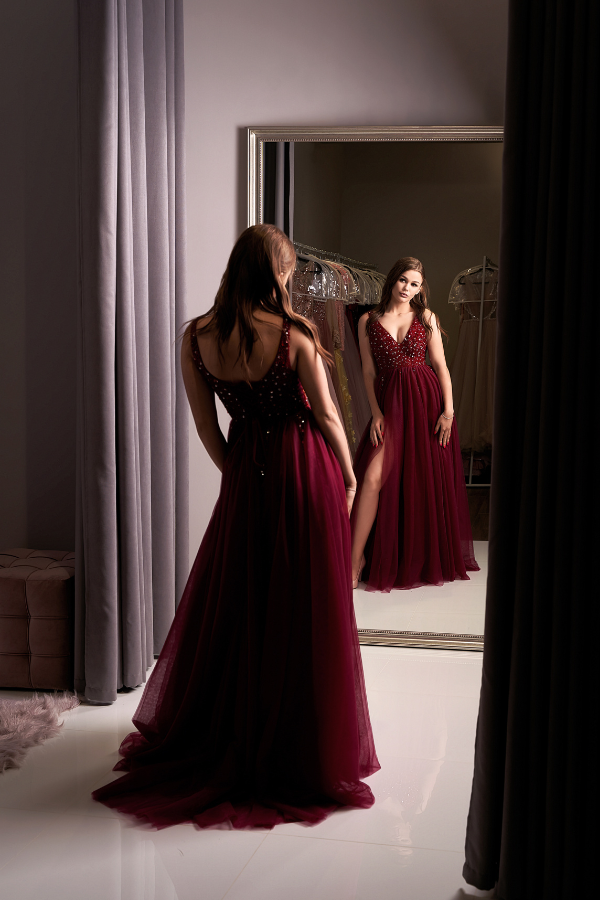

- Occasions: Formal events, galas, an elegant wedding, and certain evening social functions.
- Attire: Formal attire like floor-length gowns, elegant cocktail dresses, and dressy evening separates. Accessories like fine jewelry, clutches, and dressy shoes are typically included.
Black Tie Optional Dress Code
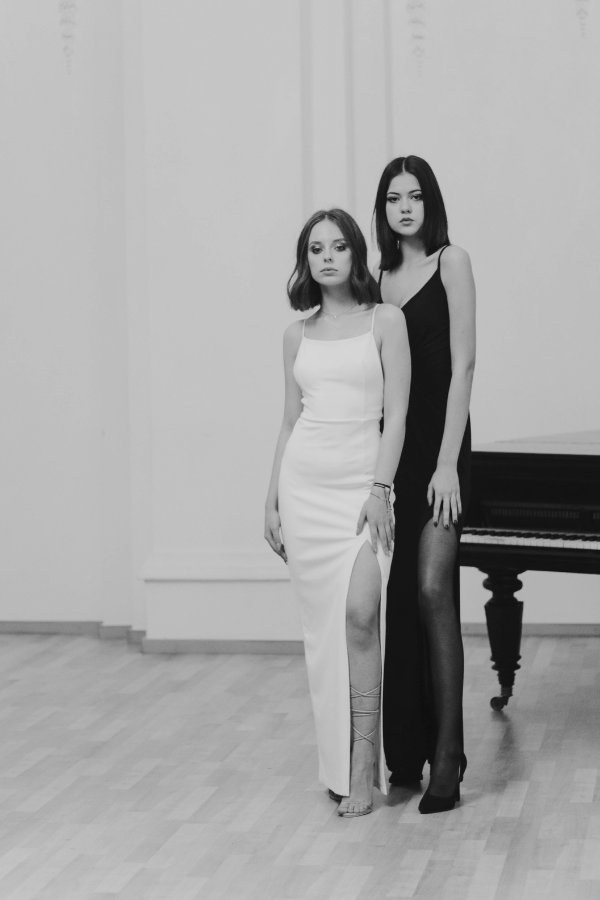

- Occasions: Black tie optional events are formal but offer some flexibility compared to strictly black tie affairs. These can include weddings, evening social functions, business dinners, award ceremonies, and certain parties.
- Attire: For women, black tie optional dress code provides a choice between full-length gowns and other formal dresses. Full-length gowns are always appropriate and in line with a more traditional black tie look. However, women can also opt for elegant cocktail dresses that might be knee-length or midi-length. This flexibility allows guests to choose an outfit that they feel comfortable and elegant in, depending on their interpretation of the event’s formality.
Cocktail or Semi Formal Attire Dress Code
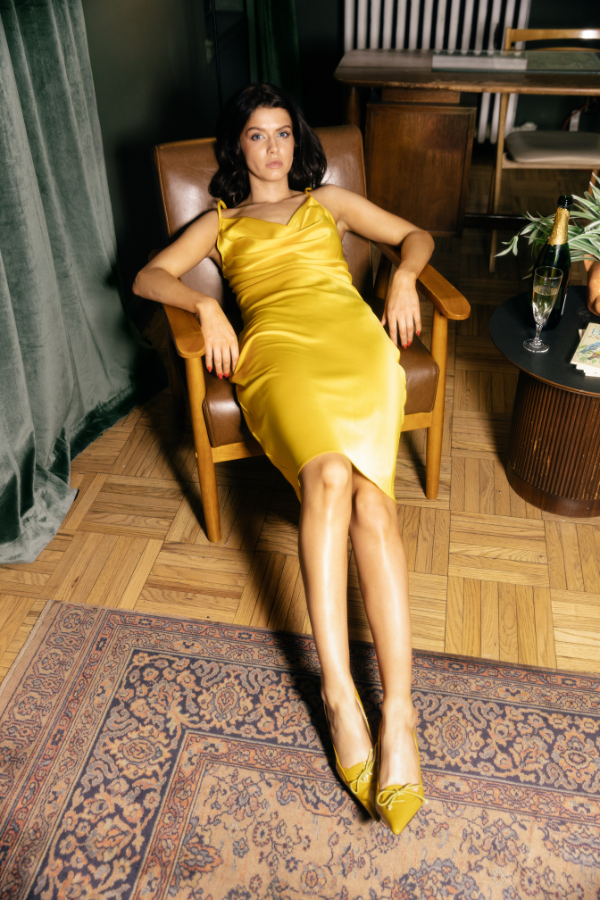

- Occasions: Parties, receptions, and sometimes work functions.
- Attire: Shorter, elegant dresses that are less formal than black-tie gowns, often knee-length. High heels and statement jewelry are common accessories.
Festive Attire Dress Code


- Occasions: Holiday parties or celebrations.
- Attire: Outfits that include festive elements like metallics, bright colors, or sparkles. It’s less formal than cocktail attire but more dressed up than casual.
Business Professional Dress Code


- Occasions: Traditional office environments, business meetings, and conferences.
- Attire: Conservative business suits (pantsuits or skirt suits), professional dresses, and blouses paired with dress pants or pencil skirts. Closed-toe shoes and modest accessories are standard.
Business Casual Dress Code


- Occasions: More relaxed office environments, business lunches, or company gatherings.
- Attire: Skirts and dresses that are not too short, suit pants, slacks, blouses, sweaters, and more casual blazers. Flats, loafers, or modest heels are appropriate.
Dressy Casual Dress Code
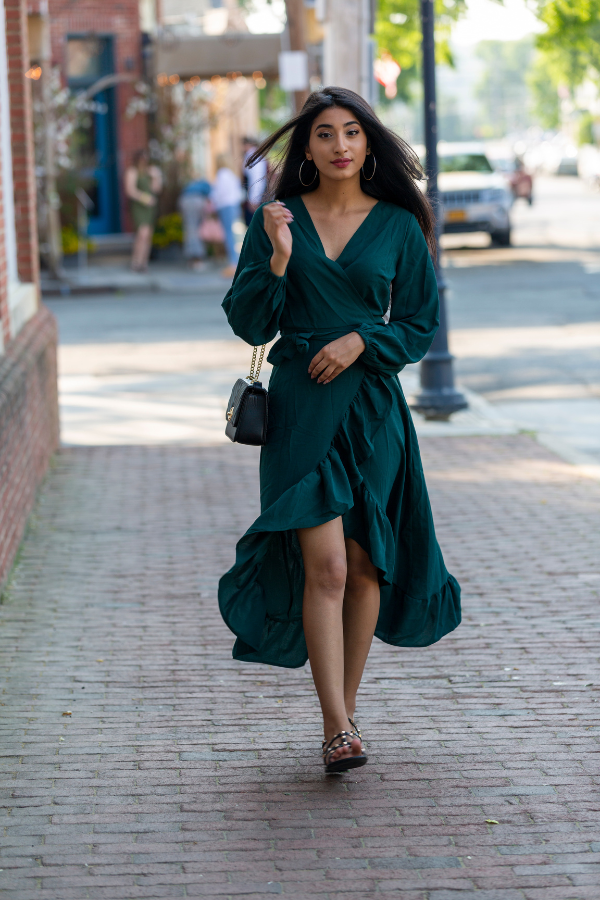

- Occasions: Often specified for social gatherings that are informal yet require a touch of elegance. Examples include a dinner party, fancy restaurants, or a night out at a more upscale venue.
- Attire: Dresses that are more sophisticated than everyday wear, such as a nice sundress, or a blouse paired with a skirt, palazzo pants, or slacks. The overall look is casual but with a dressier feel. Lighter colors are acceptable.
Smart Casual Dress Code
- Occasions: Informal business meetings, casual offices, or dining out.
- Attire: A mix between business casual and casual, such as dressy tops paired with dark jeans or casual skirts. Accessories and shoes can be more fashion-forward.
Casual Dress Code
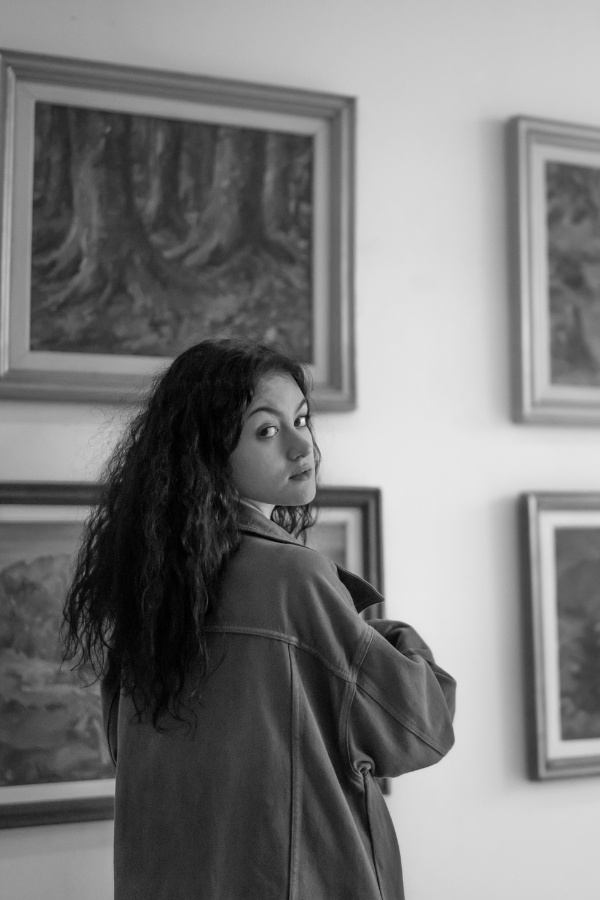

- Occasions: Informal gatherings, errands, or casual days at work or school.
- Attire: Comfortable and relaxed clothing like t-shirts, casual skirts, sundresses, and sneakers or sandals. You can wear jeans if preferred.
Athletic or Activewear Dress Code
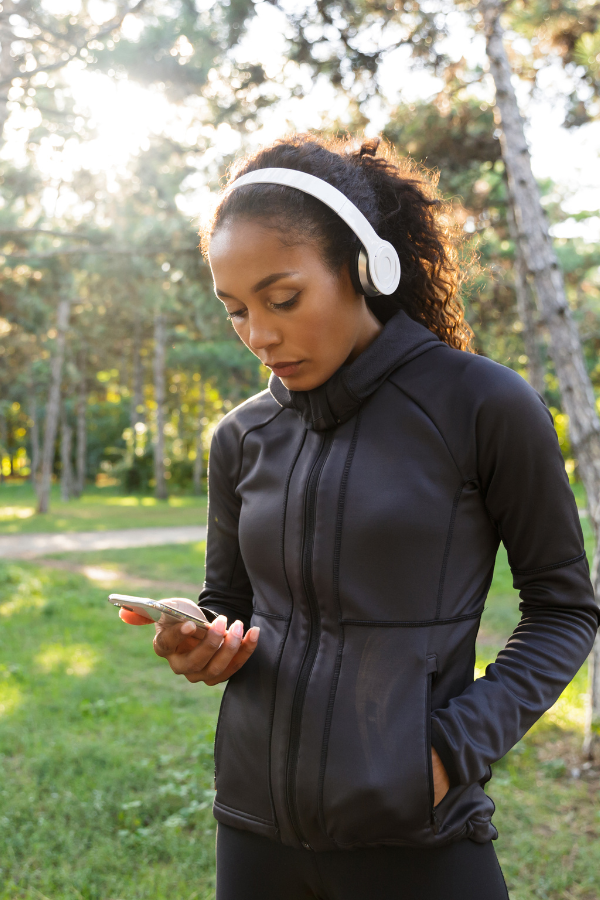

- Occasions: Gym, yoga classes, hiking, or sporty activities.
- Attire: Wearing sports bras, leggings, tank tops, joggers, and supportive footwear is appropriate.
Ready to Attend Your Next Event in Style?


Being well-prepared with a clear understanding of different attire requirements—from formal galas to casual meet-ups—ensures that you can adapt seamlessly and stylishly to any social setting. Remember, the key to success lies in the details: choosing outfits that are both appropriate for the occasion and comfortable for you.
Keeping a versatile and well-thought-out wardrobe allows for quick adjustments based on the event’s specifics, ensuring you always step out the door feeling confident and at ease. This strategic approach not only elevates your personal style but also enhances your experience at diverse gatherings, allowing you to focus fully on the enjoyment of each unique occasion.
Still have questions? Drop them in the comments below!








